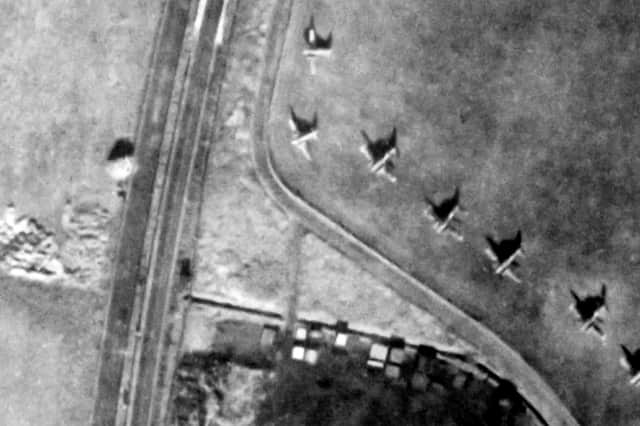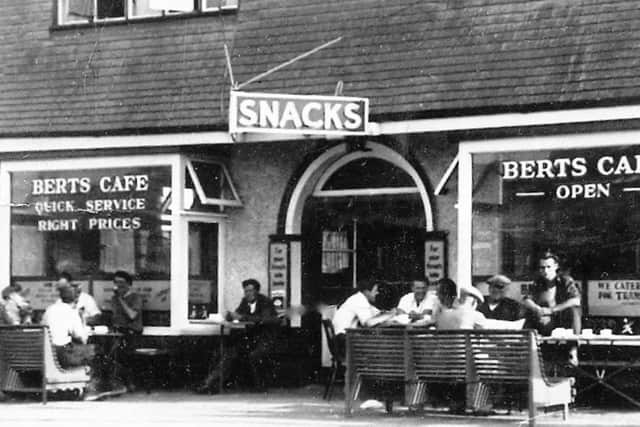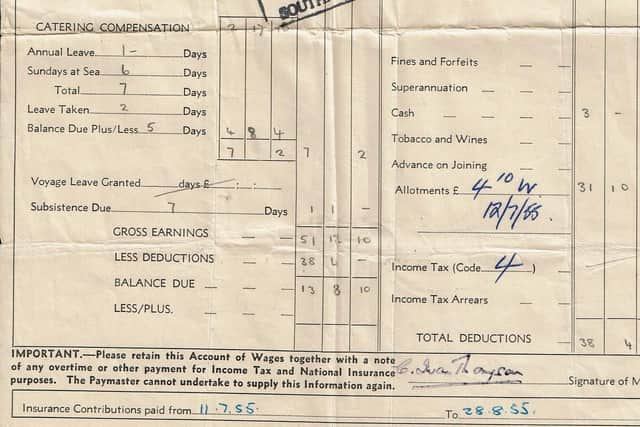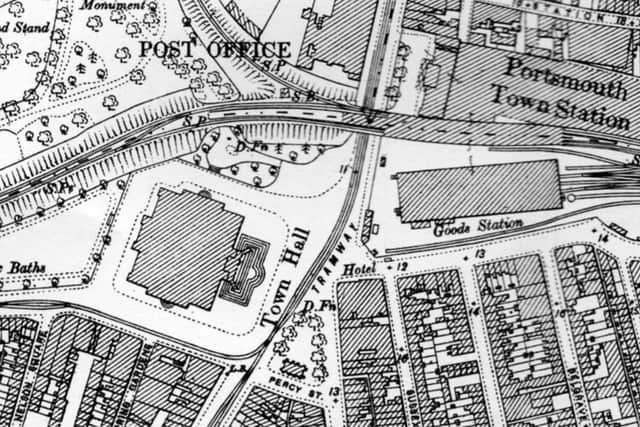Days when Portsmouth was a plane-making hive of activity '“ Nostalgia


Turns out they were Airspeed Oxfords which Airspeed bought from the government after the war and modified to meet civilian airworthiness .
They were twin-engined Airspeed training aircraft, a big success for Airspeed. About 8,000 were built during the Second World War and possibly about 4,500 were built in Portsmouth by Airspeed. Can you imagine that today? Just how big were the factories and their storage spaces?
Advertisement
Hide AdAdvertisement
Hide AdThe civilian version of the Oxford, the Consul, was produced from 1946. Airspeed bought back 161 Oxfords and converted them into five/six-seat light transport aircraft. Consuls cost £5,500 each (without a radio), about £217,000 today, and 117 were registered in the UK and 30 abroad.


One of Airspeed's founders was Nevil Shute-Norway, although he was forced out of the company before the Second World War.
Some may remember the Airspeed Ambassador and the problems of landing it on a grass airfield.
Pete Long remembers the Oxford well as he was at Portsmouth Grammar School at the time and he and a group of his classmates were invited for a flight. He says they were primitive by modern standards with the undercarriage having to be wound down by hand before landing.
Advertisement
Hide AdAdvertisement
Hide AdThanks to Peter Long, Ian Heath, Andy August and Gerry Shimbart for their contributions.Â


'¢Â Last January I wrote about Bert's Café at Portchester and Brian Hill of Weybridge, Surrey, sent me this photograph which he found in his loft.
Bert's was on the A27 at Portchester where Mother Kelly's fish and chip shop is today and was opposite the Smith's Crisps factory. There was an old ferry moored out the back for drivers to use as overnight lodgings.Â
'¢Â  When looking back at my old payslips I wonder how on earth I ever survived. Mind you, in 1968 you could buy 11 pints of beer for a pound so a good night out could be had on 10 shillings, 50p.
Advertisement
Hide AdAdvertisement
Hide AdIn 1955 Alan Smith's parents moved to Leigh Park and he says the rent was £1 13s 7d a week (£1.68 in today's money).


Alan's father was in the Merchant Navy and he sent me this payslip for July 1955 when he was serving on the RMS Queen Elizabeth which shows his father earning £26.50 a month, but with 50 days' sea service it was made up to £51.70 in today's money.
He allotted money to his wife but was still left with more than £13 in his pocket.'‹'‹'‹'‹'‹'‹'‹'‹'‹'‹'‹'‹'‹'‹'‹'‹'‹'‹'‹'‹'‹
'¢'‹'‹'‹'‹'‹'‹'‹Â Last week I published a photograph of a horse and cart crossing the south end of what is now Guildhall Square and asked if anyone could remember what the name of the short section of street was called that ran behind Queen Victoria's statue.
As ever a reader came up trumps and this time I can thank reader Chris Rickman who sent me this section of an OS map from 1896 telling us it was called Percy Street.